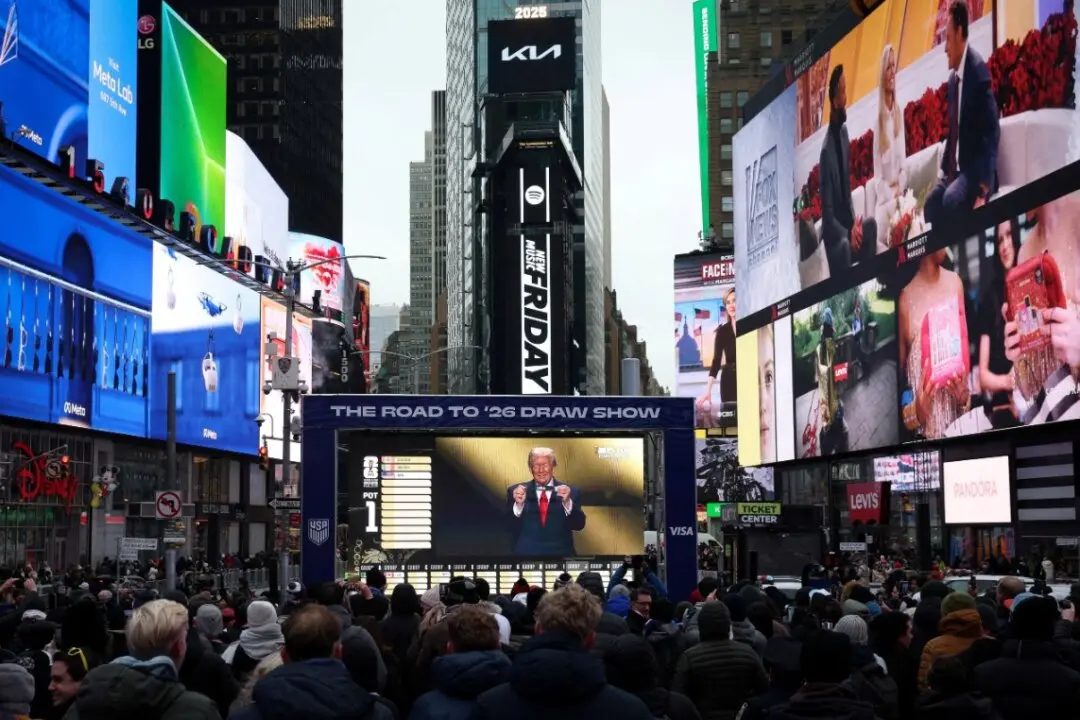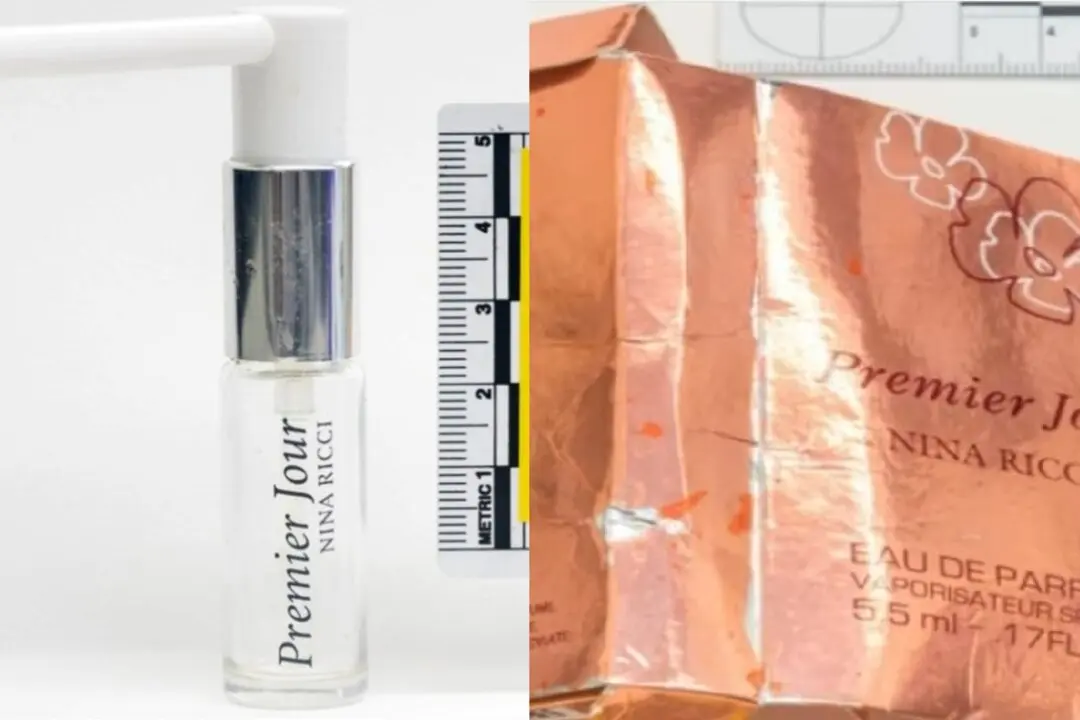The Metropolitan Police has confirmed the Thin Blue Line badge—a monochrome union jack with a blue line running through the middle, worn to commemorate those officers who have been killed in the line of duty—was not on a list of approved insignia for police officers in London.
It comes after the Mail on Sunday reported a commander told officers policing the Pride event in central London the badges were specifically banned because of alleged links to far-right groups in the United States.





